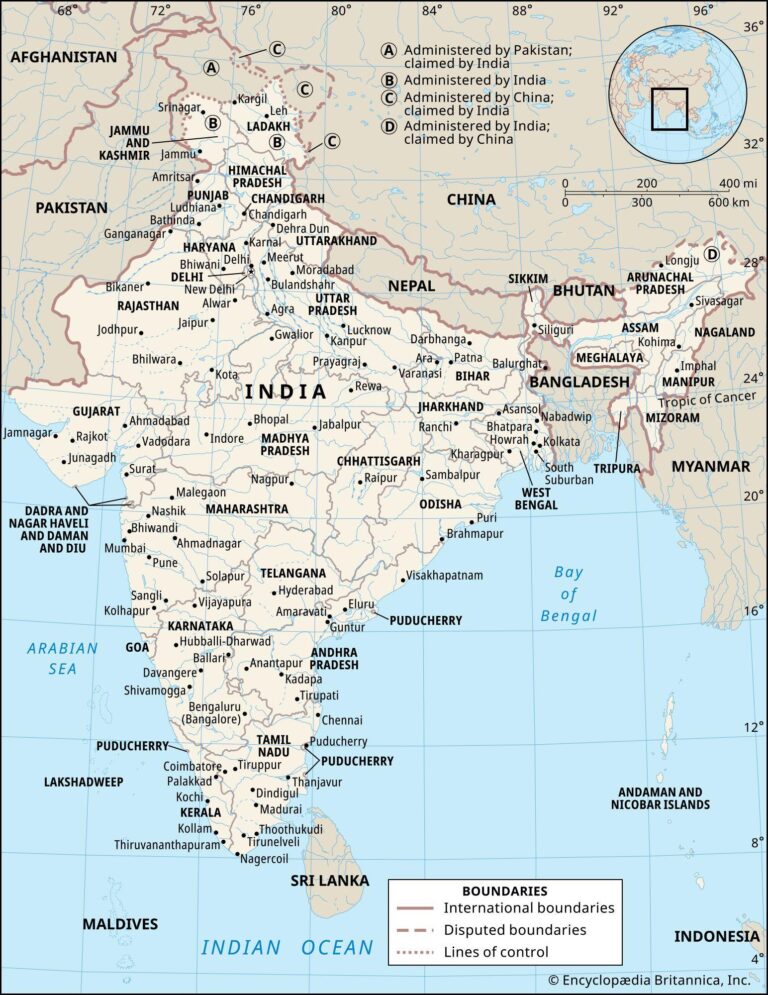India is set to implement significant reductions in consumption taxes by October, aiming to stimulate economic growth amid mounting global and domestic challenges. The government’s planned tax cuts, reported by Reuters, reflect a strategic effort to increase consumer spending and invigorate sectors facing slow demand. As policymakers seek to bolster the nation’s economic momentum, these measures are expected to have far-reaching implications for businesses and consumers alike.
India’s Proposed Consumption Tax Cuts Aim to Stimulate Domestic Demand and Economic Growth
The Indian government plans to implement a series of consumption tax reductions aimed at revitalizing domestic demand and accelerating economic growth by October. These proposed cuts focus on key sectors such as retail, hospitality, and manufacturing, where tax burdens currently limit consumer spending and investment. Officials anticipate that lowering the Goods and Services Tax (GST) rates could increase disposable income for households and encourage businesses to expand operations, fostering a more robust economic environment amid global uncertainties.
Key highlights of the proposed tax adjustments include:
- Reduction of GST rates on essential consumer goods from 12% to 5%
- Lowering taxes on travel and tourism services to stimulate the sector
- Incentives for small and medium enterprises (SMEs) to boost employment
| Sector | Current GST Rate | Proposed GST Rate | Expected Impact |
|---|---|---|---|
| Retail | 12% | 5% | Higher consumer spending |
| Hospitality | 18% | 12% | Boost in travel & leisure |
| Manufacturing | 18% | 12% | Increased production activity |
Experts Analyze Potential Impact on Inflation and Government Revenues
Leading economists and financial analysts have voiced mixed opinions regarding the upcoming consumption tax reductions slated for October. While the cuts are expected to stimulate consumer spending, thereby invigorating economic growth, concerns linger over their potential to incite short-term inflationary pressures. Proponents argue that by lowering the tax burden on essential goods, disposable income will increase, easing household financial strain and boosting demand across sectors.
On the fiscal front, government revenue forecasts indicate a possible contraction in tax collections, raising questions about the sustainability of public expenditure. However, some experts highlight that the long-term benefits may offset initial losses through enhanced economic activity and expanded tax bases. The following summary outlines key projections shared by analysts:
| Impact Area | Short-Term Effect | Long-Term Outlook |
|---|---|---|
| Inflation | Moderate increase due to demand surge | Stabilization post initial adjustment |
| Government Revenues | Reduction by 5-7% | Recovery with broadened consumption patterns |
| Consumer Spending | Spike of 8-10% | Steady growth supporting economic expansion |
- Short-term inflation risks could challenge policymakers to balance growth and price stability.
- Revenue dips might necessitate fiscal adjustments or alternative revenue streams.
- Consumer confidence is expected to improve markedly, driving robust economic momentum.
Policy Recommendations Emphasize Balanced Fiscal Measures to Sustain Long-Term Development
Experts underline the critical importance of crafting fiscal policies that strike a careful balance between short-term economic stimulus and long-term sustainability. As India prepares to implement sweeping consumption tax cuts, stakeholders urge that these measures must be paired with prudent budget management to avoid excessive fiscal deficits. Such balanced strategies aim to support household consumption and business investments while preserving the government’s capacity to fund essential infrastructure and social programs over the coming decades.
Key recommendations include:
- Phased tax reductions tailored to sectors with high multiplier effects on growth.
- Enhanced transparency and targeted subsidies to protect vulnerable populations.
- Strengthened revenue mobilization efforts through improved compliance mechanisms.
- Periodic reviews to adjust fiscal stance based on evolving economic indicators.
| Policy Measure | Short-term Impact | Long-term Benefit |
|---|---|---|
| Consumption Tax Cut | Boosts demand | Supports sustained growth |
| Enhanced Tax Compliance | Improves government revenue | Funds social programs |
| Targeted Subsidies | Protects vulnerable groups | Reduces inequality |
Concluding Remarks
As India prepares to implement these extensive consumption tax cuts by October, market observers and policymakers alike will be closely monitoring the impact on economic growth and consumer spending. The government’s move reflects a strategic effort to stimulate demand amid global uncertainties, signaling a proactive stance in steering the nation’s economy toward a more resilient recovery. Further details and potential sector-specific measures are expected to follow as the deadline approaches.




